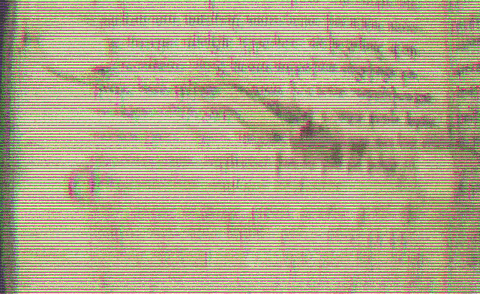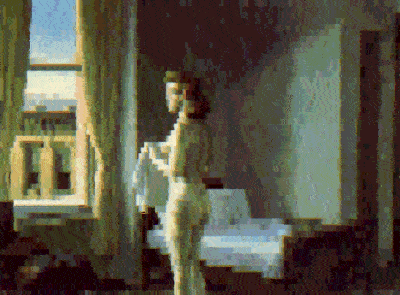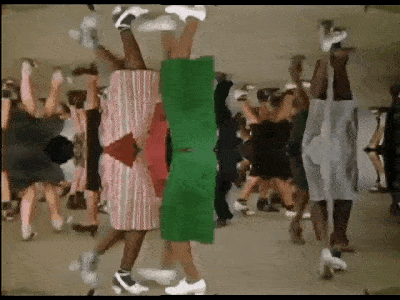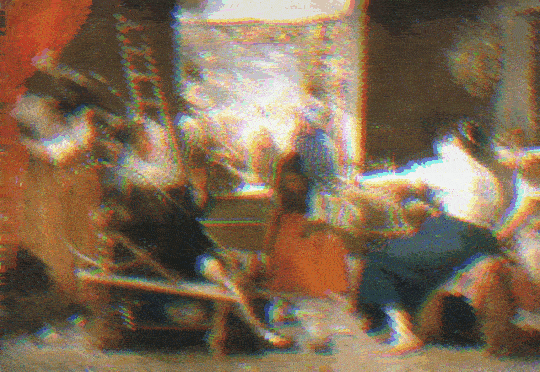The ninety-one Old English riddle-songs from the Exeter Book are some of the only extant, vernacular riddles from Anglo-Saxon England. Encompassing themes of home-life, animals, flora and fauna, war and sexuality, they provide a remarkable portrait of Anglo-Saxon life, and a clue as to the ways in which Anglo-Saxons understood their world.
Ever since I was introduced to the riddles-songs in my junior year of undergrad (in a stunning, poetic translation by Craig Williamson), the collection—and every turn it takes, from the beautiful to the bawdy to the sublime and ecclesiastical—has been a constant companion and a touchstone for my compositions. I read the collection again and again, to remind myself how to combine the playful with the profound, how to be concise and yet ensure that my material resonates with subtextual meaning, and how to craft endings that are, to paraphrase Flannery O’Connor, “surprising but inevitable.”
It me took four years, however, to finally entertain setting the riddle-songs themselves, a project which turned into Can You Guess My Name? In Can You Guess My Name?, I have attempted to create an underscore for two riddle-songs, Nos. 5 (Whistling Swan) and 14 (Anchor). My goal for both settings was simple. I wanted to heighten drama of each riddle—their beauty, their violence, their sensuality and their mystery, qualities that have drawn me back to the riddles many times over the years and, I am sure, will do so for many more.
Text:
1. Whistling Swan (Riddle-Song No. 5)
My gown is silent as I thread the seas,
Anonymous; tr. Craig Williamson; © 2011 University of Pennsylvania Press. Riddle Songs used with permission of the University of Pennsylvania Press.
Haunt old buildings or tread the land. Sometimes my song-coat and the supple wind cradle me high over the homes of men,
And the power of clouds carries me Windward over cities. Then my bright silks Start to sing, whistle, roar,
Resound and ring, while I
Sail on untouched by earth and sea,
A spirit, ghost and guest, on wing.
2. Anchor (Riddle-Song No. 14)
In battle I rage against wave and wind,
Anonymous; tr. Craig Williamson; © 2011 University of Pennsylvania Press. Riddle Songs used with permission of the University of Pennsylvania Press.
Strive against storm, dive down seeking
A strange homeland, shrouded by the sea.
In the grip of war, I am strong when still;
In battle-rush, rolled and ripped
In flight. Conspiring wind and wave
Would steal my treasure, strip my hold,
But I seize glory with a guardian tail
As the clutch of stones stands hard
Against my strength. Can you guess my name?



